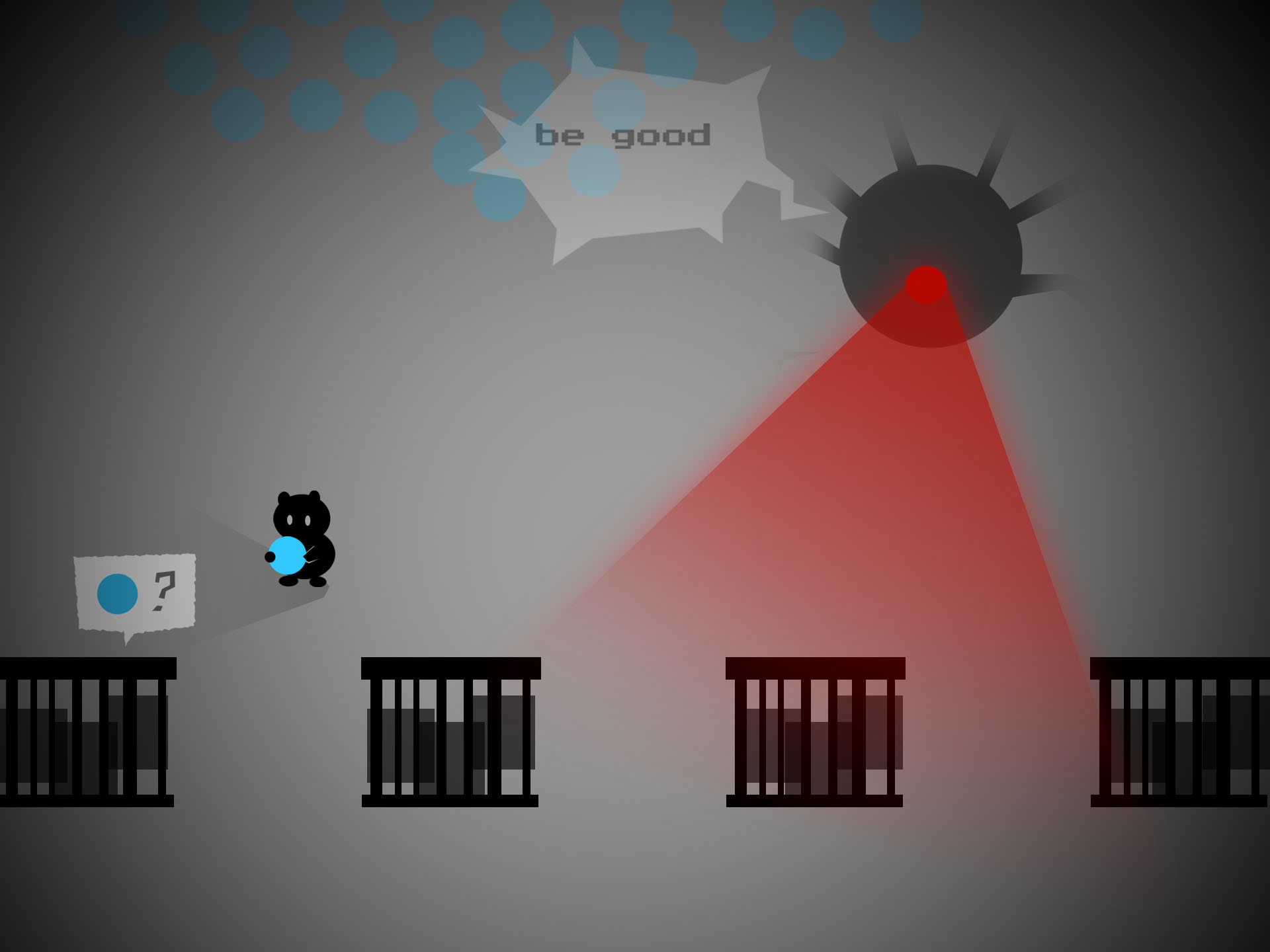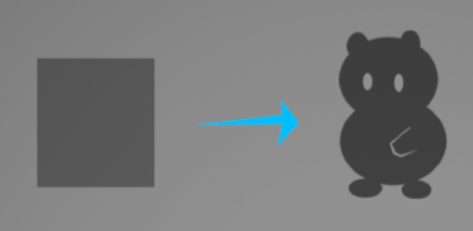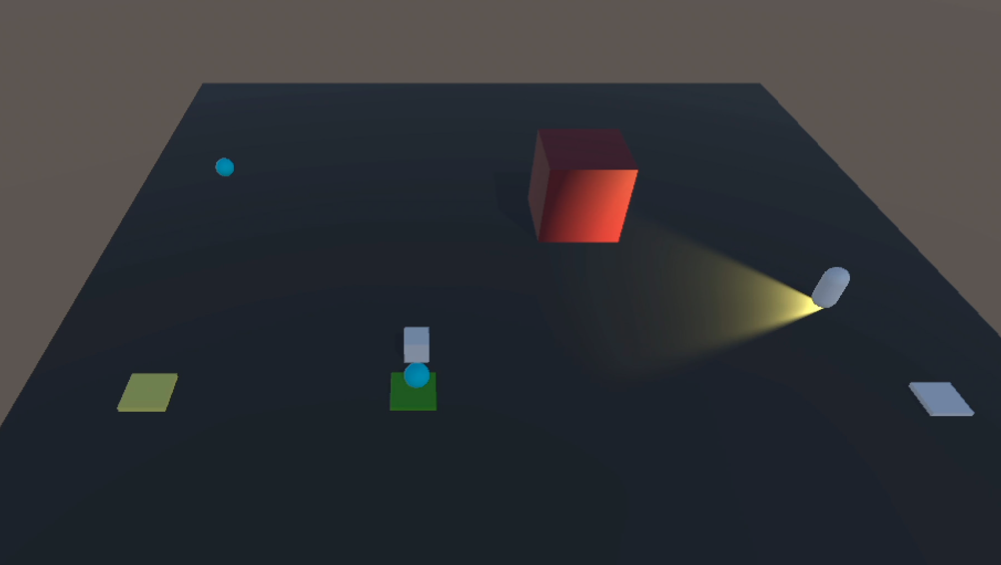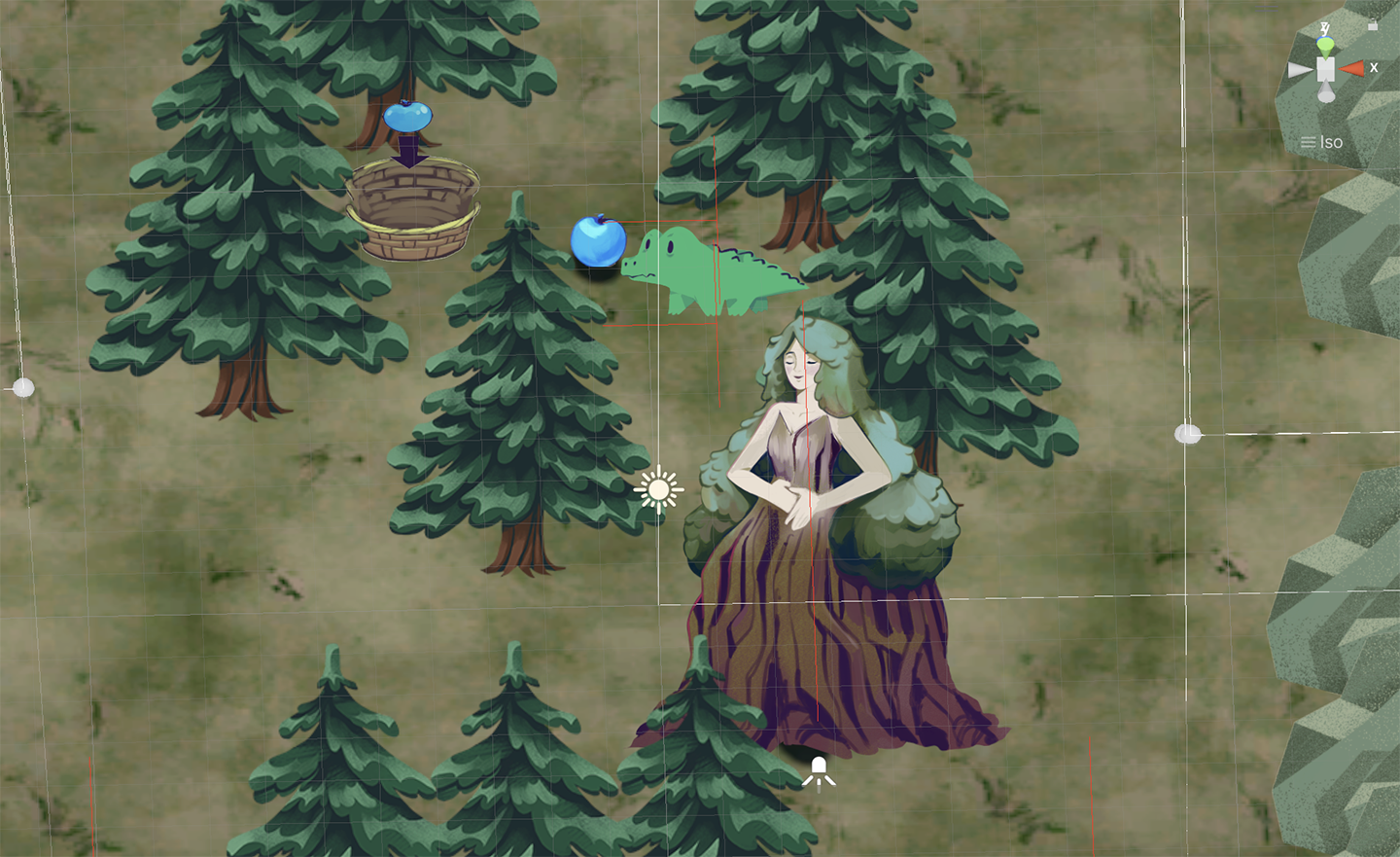Game Documentation
Key objectives of the project
This project employs a Games as Research approach in order to explore how one can design games that inspires empathy in players.
Players as active participant: the project explores games as a method to close the emotional distance between the player and the narrative, by engaging players in understanding the interplay between player action and consequences.
The game hopes to offer narrative through game mechanics, and aims to provoke thought and reflection in players. Research inquiry is guided by game design principles outlined in the paper “Designing Games to Foster Empathy” by Belman & Flanagan (2010).
Principles of Fostering Empathy through Games
1. Empathy induction at the outset
2. Give players the tools to address the issues represented in the game
3. Consider players’ beliefs about themselves, the world
4. Emphasize points of similarity between the player and people or groups with whom she is supposed to empathize
Similar Work
1. Hush by Jamie Antonisse and Devon Johnson
Hush is a serious game about the Rwandan genocide of 1994 that instills an escalating sense of tension and dread in the player, eliciting powerful parallel empathy. In the game, the player is instructed to tap to a rhythm in order to comfort your child, lest the soldier will hear your baby cry and come for you both.The game closes the emotional distance by addressing the player as “Liliane”, and has the player “sing” the lullaby by typing at precise rhythm
Loved is an emotional experience that invites the player to think about the interplay between relationships and control. The emotions induced by the game can linger with the player even after it ends.
In the game, the narrator strips player identity, overrides player choice and commands you to harm. The game also employs multiple endings - player action determines the ending of the story.
3. Papers, Please by Lucas Pope
Papers, Please is a game that communicates prosocial messaging, allowing players to reflect and empathize with citizens living in a police state. It allows for a meditation of the casual cruelty of bureaucracy, and the human lives that are affected by it. In the game, the player is in conflict with the game instructions vs. the people they speak to as they get to know them and their lived experiences.
Beholden
Gameplay Action Verb: “to defy”
Some important considerations:
- the goal is to make a small game, similar to Hush and Loved (5-10mins)
- game will focus on empathy induction instead of prosocial messaging (for development in future inquiries).
- game is a reflection of power structures and the dynamics that exist between the authority and those it governs, and one’s resistance vs. compliance with those in power.

Initial Story Idea
the player is a little creature tasked with moving resources from one point to another, by the command of Mother, an authority figure.
In the process of moving resources, the player passes by these abstract shapes asking for what the player is holding. They are trapped and appear frightened.
The player has a choice to either give what is asked by the shape, or to carry on with Mother’s command.
The more you follow Mother’s command, the more she showers you with praise and affection. Following her makes one feel good.
Point of Tension: If the player chooses to help the shapes, Mother might notice. If the player helps and Mother doesn’t see the act, she grows suspicious.

The more the player chooses to help, the more your perception of them changes. Slowly they go from abstraction towards concreteness, forming sentences, imparting emotions, and looking and sounding more and more like the player.
Desired Outcomes
The goal is to have players empathize with the shapes and choose to help them, even when the game punishes them for it. Keeping mind of scope, the prototype encompasses a single scene worth 5-10 minutes of playtime.

Process
The game is built in the Unity engine using 2.5D graphics, in order to better serve the stealth game mechanics in a 3D environment while also economizing asset creation by using 2D sprites.


Stealth mechanics were adopted from Sebastian Lague’s video series on an Introduction to Game Development (E23-E25 stealth game).
Dialogue was implemented using YarnSpinner.
Gameplay Loop (with images of final execution)

Playtesting
Click here for the play tester report.
Conclusion & Takeaways
In terms of technical challenges, since it was the first time using the Unity engine and coding in C#, a lot of trial and error was involved in order to implement the right/desired behaviours. Because of this, it took longer to get the game to a playable stage.
After play testing and subsequent feedback, overall insights gained were rich and exciting to explore.
One major insight is the delicate balance that exists between gameplay/mechanics and desired messaging. In particular, players were more enticed "to defy" and activate the stealth mechanic not because they feel empathy for the caged creatures, but rather because they want to do so out of spite of the antagonist and because previous gaming knowledge invites them to go down the path of rising challenge and conflict (sneaking around Mother). In comparison, it was too easy and convenient to simply place the fruits in their respective baskets next to trees. Without challenge, the players were not satisfied with their actions.
To reflect on Lucas Pope's Papers, Please, the core game mechanic entails checking over rules and documents as quickly as possible, and making decisions as quickly as possible. The challenge exists outside of helping people in the game, but if one were to choose to help, the game gets harder, which makes it all the more satisfying for the player when they help people and succeed, unlocking character stories in the process. Furthermore, there exists a shorthand when it comes to the setting of Papers, Please, since players will be able recognize the parallels in our own world history.
For a game that is designed for prosocial messaging, there needs to be stronger parallels with real world issues and lived experiences in order for the message to become more salient to the player. To provoke thought and reflection, the game's narrative should be able to tap into the players' own experiences and knowledge, so that they may be synthesized together.
In conclusion, although the desired outcomes of the project were not altogether met due to design factors, it was overall a very enriching experience with an exciting inquiry that could see more development and iteration in the future.
Files
Get Beholden
Beholden
Stealth game with fruit picking involved.
| Status | Prototype |
| Author | tamikanisushi |
More posts
- Playtesting ReportApr 14, 2023
